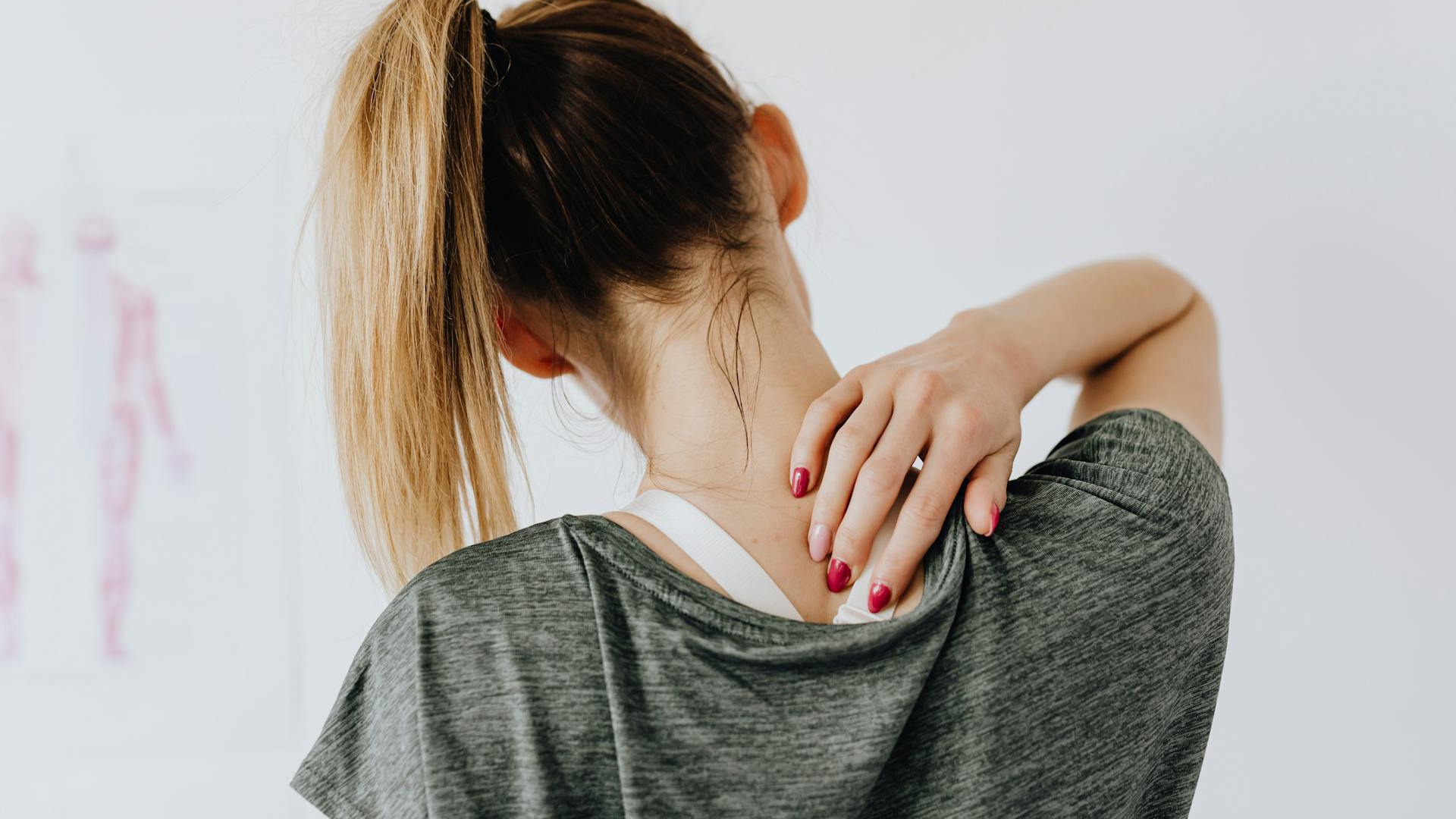Thai massage, known as Nuad Bo Rarn or “ancient massage” in Thai, is a unique massage modality that has only been available in the United States for about fifteen years. However, its rich history in Thailand stretches back over 2,000 years. In a traditional Thai massage, the client lies on a mat on the floor, while the therapist uses his or her knees, feet, elbows, and hands to create compression and stretching. Some say receiving a Thai massage is like going to a massage therapist, chiropractor, and yoga class all in one.
The father of Thai massage was Dr. Shivago Kormarpaj, an ayurvedic doctor to the Lord Buddha. Drawing from yoga and ayurvedic medicine, Dr. Kormarpaj created a new form of healing massage. Originally, monks performed Thai massage as a part of their Vipassana meditation. Buddhist monks are nomads; they move from temple to temple, healing different communities as they go. Eventually, this ancient massage form found its way to Thailand as monks moved across Asia. The Thai people are descendents of the Chinese, so Thai massage also has roots in Chinese medicine.
The whole-body approach is a main distinction between Thai and other forms of massage. Swedish massage, for instance, requires the therapist to create downward motion through the hands, and occasionally the elbows, to open muscles. In contrast, the Thai massage therapist pressed and pulls in a variety of directions, using the entire body.
For the therapist, the emphasis is on maintaining a stable core and open chest. As the Thai massage style uses large muscle groups in a balanced way, there is a reduced chance of developing repetitive motion injuries. Many therapists find delivering Thai massage to be as calming and revivifying for them as it is for their clients to receive.
Benefits of Thai Massage
–Thai massage is an effective way to relieve pain from a variety of conditions, from arthritis to migraines.
–Many find Thai massage more invigorating than other styles of massage. This may be because Thai massage focuses on opening blocked energetic pathways in the body. In Thai culture, life-force energy is known as Loom; other Eastern traditions call it Chi (Chinese culture) or Prana (Yoga culture).
–As with other styles of massage, Thai massage improves circulation, relaxes muscle tension, and boosts immunity by reducing stress. When performed correctly, Thai massage has a meditative quality that soothes the nervous systems of both the therapist and the client.
For curious massage therapists, there are various ways to learn Thai massage techniques. The 800-hour LMT program at our massage school in Portland includes an introduction to this massage style in the 33-hour Survey of Eastern Modalities Course. Students may select to take an additional 33-hour course in Thai massage as an elective.
In urban centers across the country, Thai massage classes are available for those who would like to learn this modality as continuing education for massage therapy. For example, the Center for the Advancement of Theraputic Arts massage school (NYC) offers an 8-day, 16-hour course for massage therapists who would like to expand their marketing potential by incorporating Thai massage techniques. If you’re interested in adding Thai massage to your therapy repertoire, we suggest staying tuned to our continuing education offerings, as we regularly host Thai massage workshops. Additionally, current LMTs may register for our 33-hour Thai massage course.



